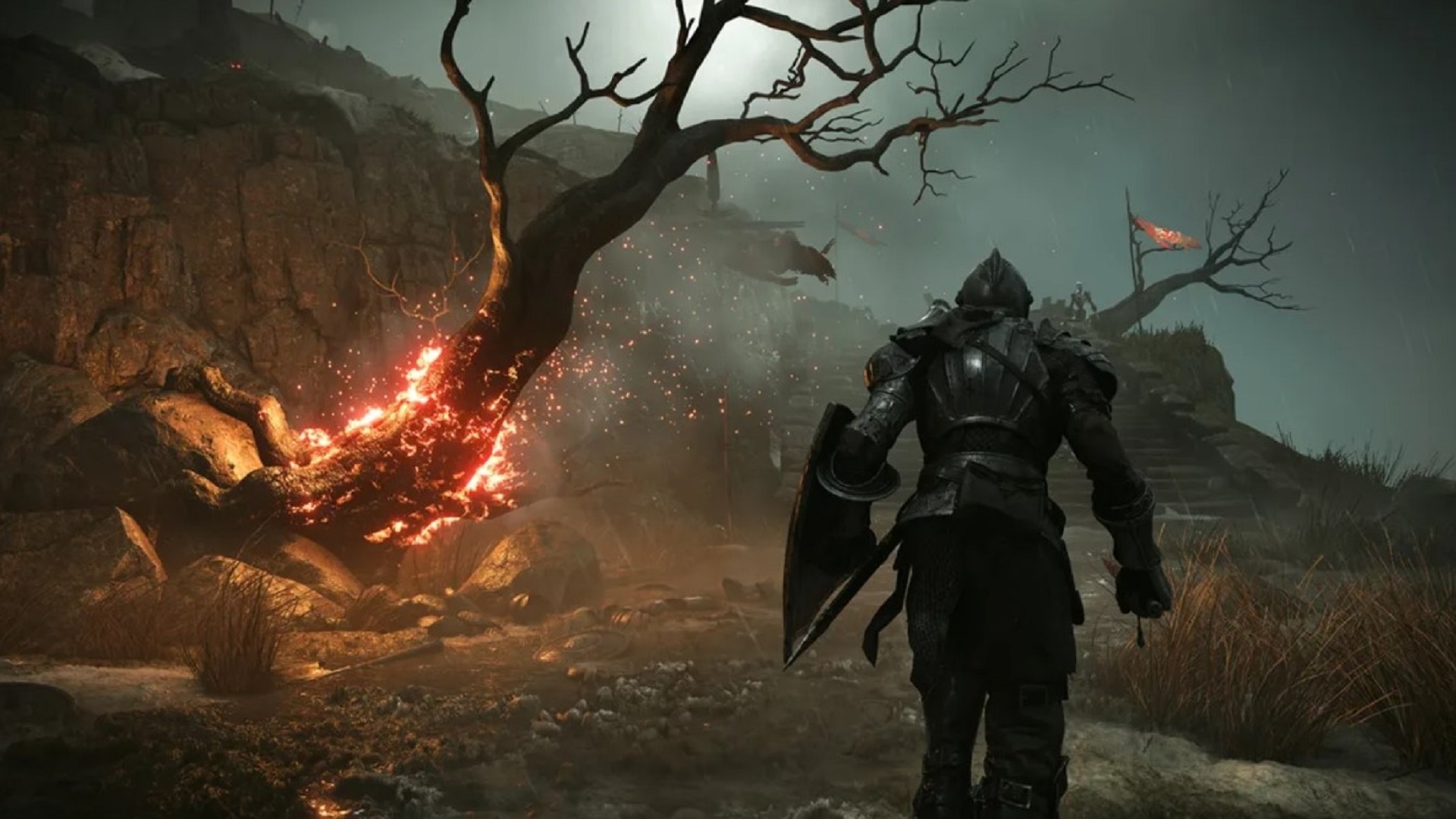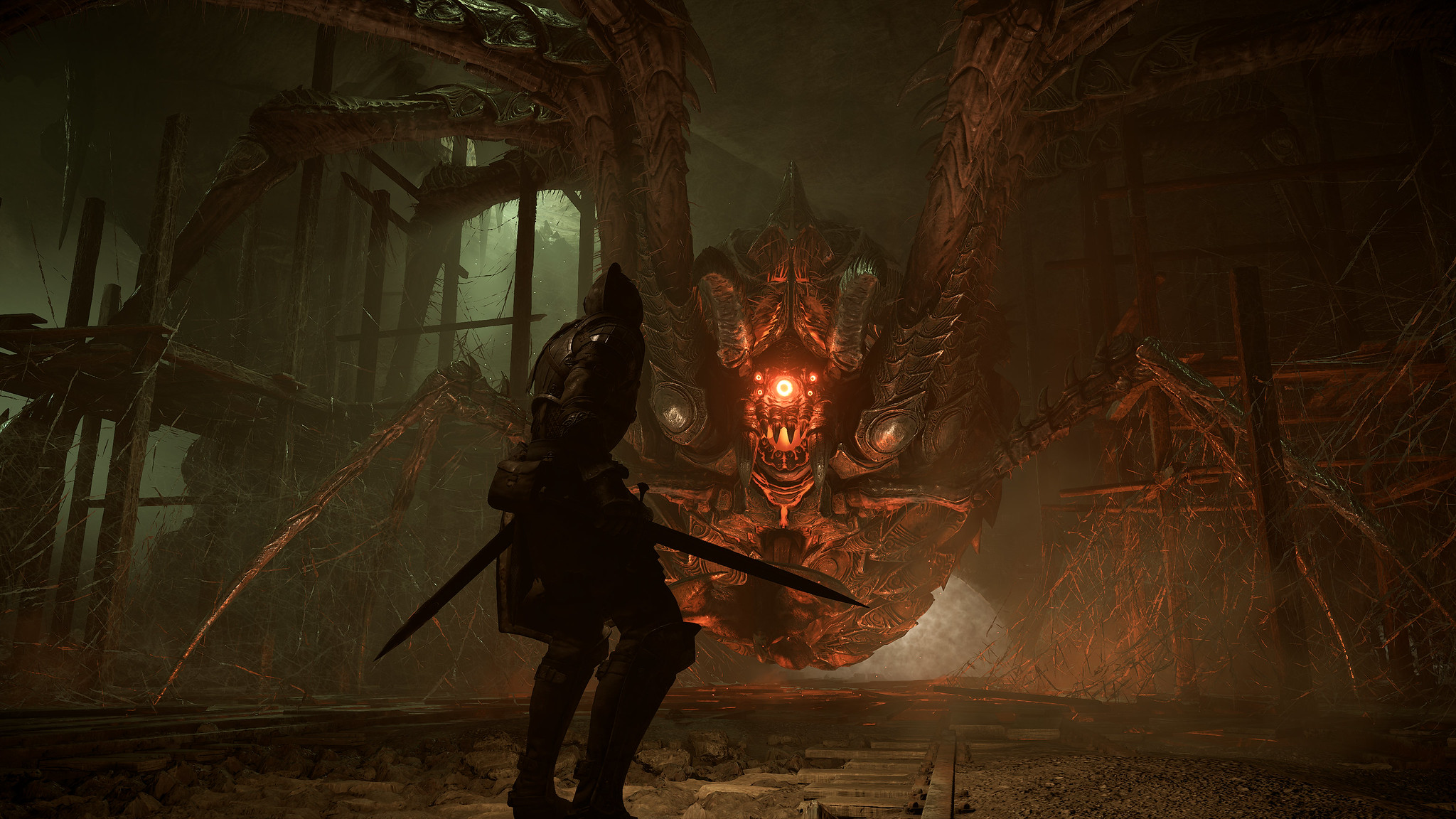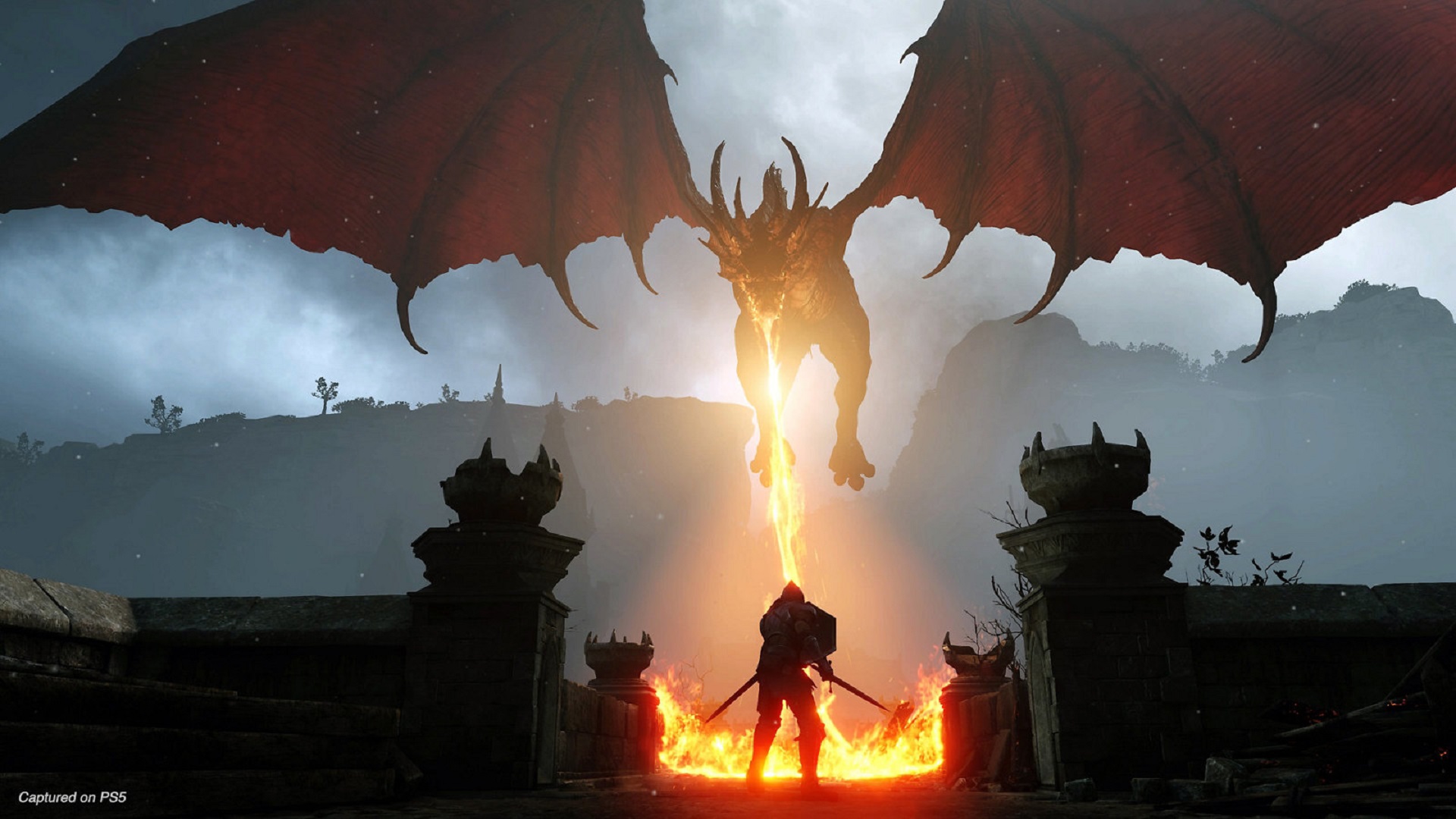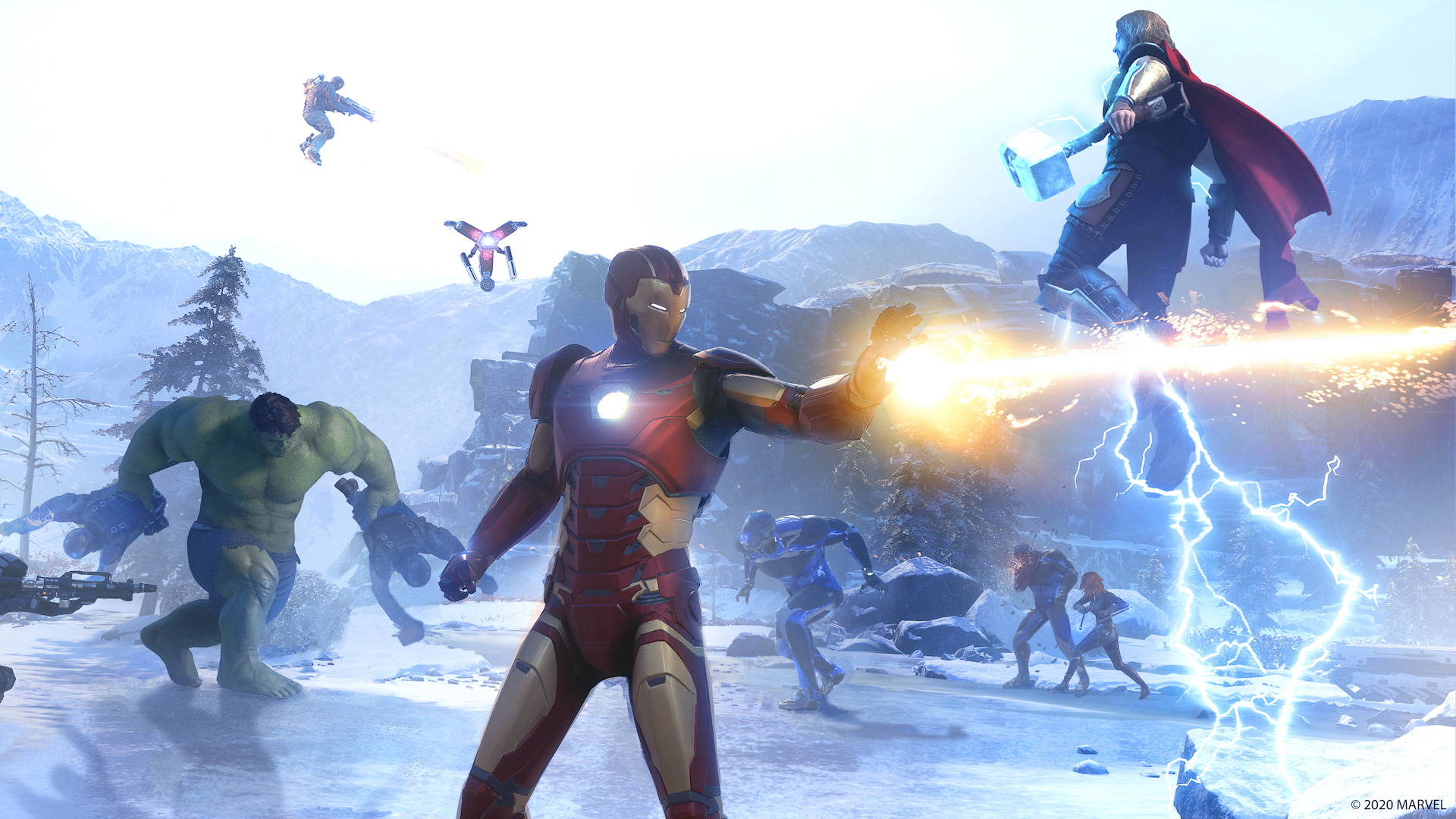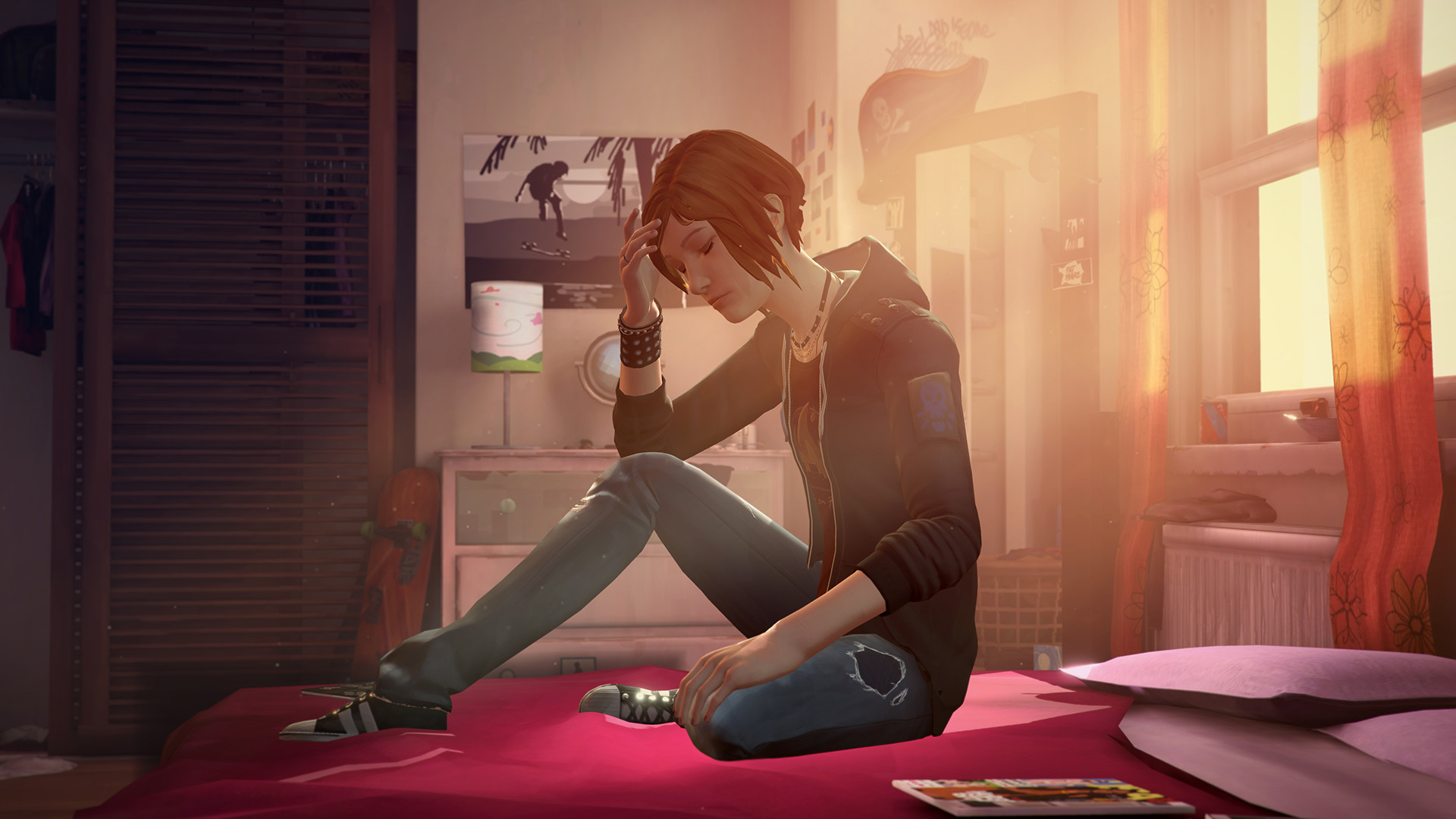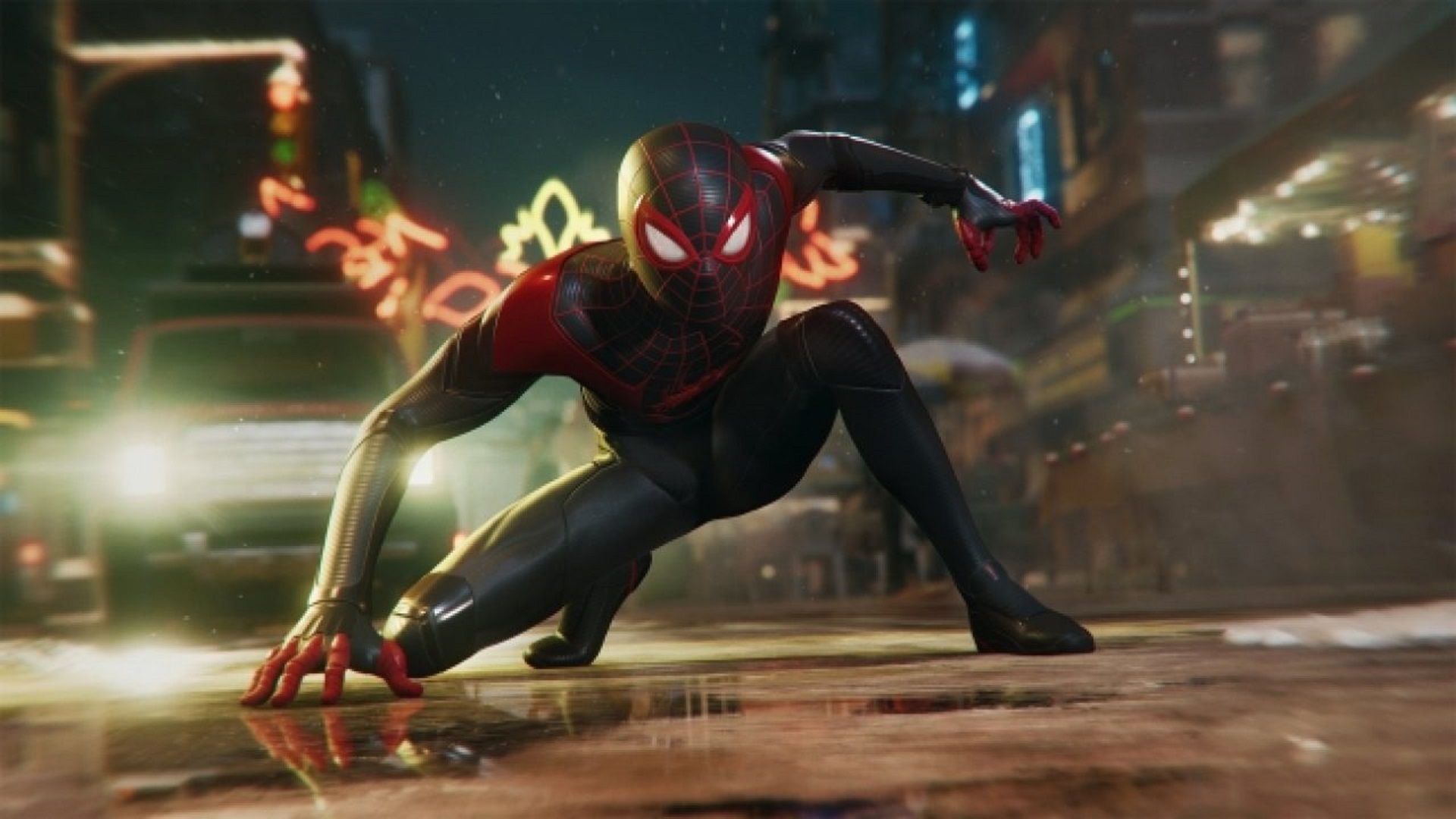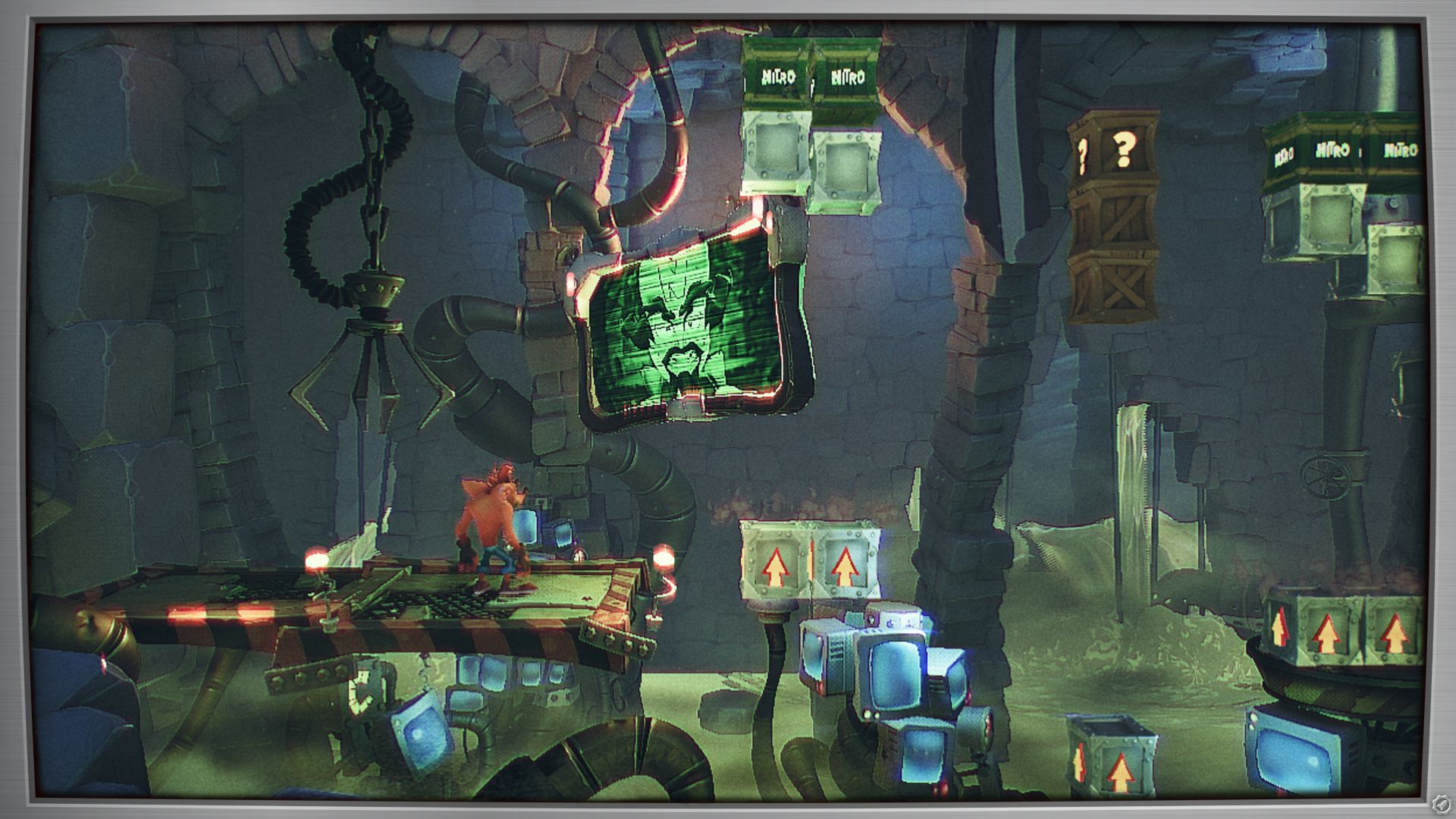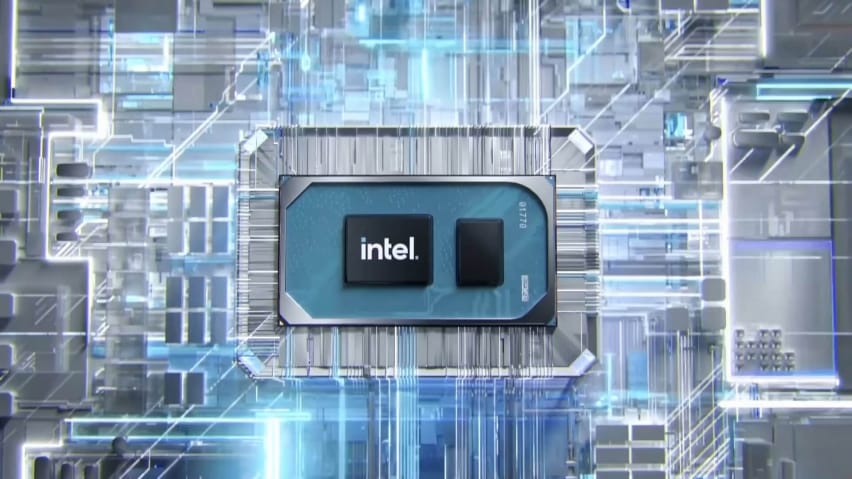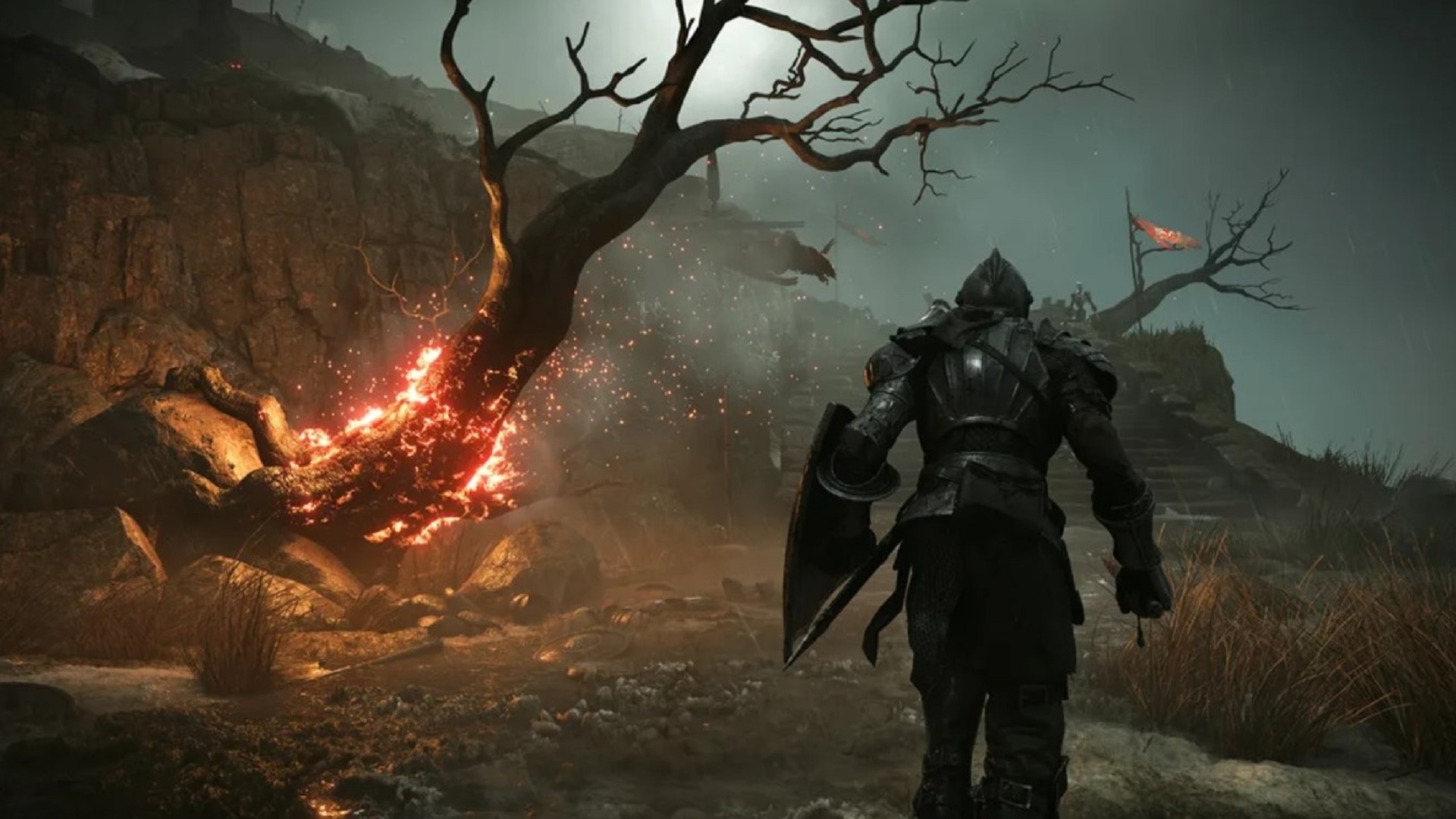
There are few series that have been as influential in the last decade as the Souls franchise. Elements of FromSoftware’s action RPGs have been lifted by everyone, from smaller indies to major blockbusters. It’s fitting then that we start a new generation with an entry in that series that helped so define the last two generations of video games. From remaster wizards Bluepoint Games, we are going back to the very beginning with a remake of Demon’s Souls, the only first party title for the PS5 launch that is a full scale next generation-only game, which is ironic, considering how much of the remake’s core is built on some very old bones.
The original Demon’s Souls released on the PS3 in 2009, and it was noted for its grim look of a once great kingdom now in ruin. Battered castles, putrid swamps, and corrupted men populate that dark fantasy world, one that FromSoftware would continue to refine in their Dark Souls series that served as spiritual successors to Demon’s Souls. The remake, however, is very much not that.
Form the start, you can tell that Sony wants the game to be something of a showcase for what their new system can do. You boot up and are treated to a lovely action scene as a knight fights off hordes of enemies with others coming to his aide. Then you’ll create your character, and the toolset is filled with detail- easily the most in-depth and best character creator in a Souls game to date.
"Form the start, you can tell that Sony wants the game to be something of a showcase for what their new system can do."
While the locations from the original title are faithfully recreated, the art style of the game is radically different. It’s a clean, beautiful game that you can tell is trying to invoke the grimness of the original, but even a dark place like the first area in the Tower of Latria looks, well… pretty, even with squid-headed guards and hanging, rotting bodies. The Demon’s Souls remake is really a looker, whether you are playing in Performance Mode with an almost buttery smooth framerate or Graphics Mode, which bumps up the look of the game slightly. There is a filter for Classic mode, along with a lot of other random visual filters, that hope to emulate that original dark feel, but it doesn’t quite work. The Classic Mode filter adds some extra fog-like effects to the game, but doesn’t really change how it fundamentally looks, so it never really draws the approximation to the original it hopes to.
To go along with that is incredible sound design. Listening to the game through just the TV speakers or through Sony’s new 3D Pulse headset, the crisp and full sound of everything from the speech to the strange whispers and cries of things unknown come through beautifully. This is Souls by way of a slick AAA production budget. It’s worth mentioning that newcomers or casual Souls fans are probably going to see a gorgeous game here, but some veterans and purists might not like how much the game’s audio and visual design deviates from the original, and might wrinkle their nose at the new art direction, some of the character redesigns, and the more grandiose music design.
Even if the look and sound of Demon’s Souls has changed, what’s underneath remains largely the same. Bluepoint has taken great care to make the game feel as close as possible to the 2009 original, just not on a technical level that a mid-range budget PS3 title could have never achieved.
If you are someone completely new to Souls, the game can look almost impenetrable at first. You choose between various classes of familiar fantasy tropes for your character like Knights, Magicians, and Priests. You have all kinds of stats and items thrown at you, and it can be overwhelming at the start. The difficulty of Souls games is something that’s always brought up, and a lot of that stems from the games not holding your hand much. You will get some basic instructions in the beginning, such as how to attack, block, parry, roll and the most basics of combat you’ll be using throughout your journey, but after that you’re largely on your own to discover mechanics or what type of playstyle suits you. There’s no maps, no quest markers, and no quest logs. In fact, you can easily miss the fact that there are quests at all from the various NPCs you’ll encounter. Enemies don’t have glaringly obvious and choreographed weaknesses. You have to figure it all out on your own.
"This is Souls by way of a slick AAA production budget."
This obfuscation has become a key part of FromSoftware titles after Demon’s Souls, and this remake keeps all of that intact. If you’re one of those people who have a passing interest in Souls, but wish it were more open or accessible to go along with the new big mainstream budget, this won’t be the game for you.
Demon’s Souls’ story is a straightforward and minimalistic one, at least in terms of what is presented directly to you. You’re a warrior who has come to the Kingdom of Boletaria that has been overrun by fog and demonic forces that now threaten to consume the world at large. After being slain, you find yourself in the Nexus, an area that serves as a central hub for the game. From there it opens to several different levels. You are eventually able to jump between each of them at will to discover a strong variety of areas and enemies you’ll have to face. If you find yourself stuck in one level, you can take a break and go check out another.
Even if they are separate levels, you can find things in one level that can help in another, like a magic sword that enemies in another level are weak to or a ring to negate poison that will be common in another terrain. Even if all the levels are separated out in distinct ways, that gives them all a feeling of interconnectivity. The Nexus and the levels will eventually start to change as well, keeping the game fresh. The only negative some will probably find is this game is that it’s a lot less generous with its checkpoint system than later Souls game, making some sections a bit of slog to redo.
While there’s been some minor changes from the original’s gameplay, such as healing grasses now having weight so you can’t horde an infinite amount anymore, things like weapons are still as satisfying as ever to experiment with. The class you pick in the beginning can play a role in what type of character you want to build, but ultimately you have a lot of freedom no matter what. You can go full armored knight and base a build around heavy armors and broad swords, or you can go the total opposite route and focus on ranged attacks with lighter clothing to roll away better to keep your distance.
"The weapons each feel distinct, so swinging a massive broad sword is much more different than the quickness of a small blade."
The weapons each feel distinct, so swinging a massive broad sword is much more different than the quickness of a small blade. Magic and ranged have their own style of play, too, and just to give you an idea of how much Bluepoint wanted to recreate the feel of the original, magic can also be hilariously broken with the right tools, just as it was in the PS3 game. Combat is all about patience, managing your stamina, and experimenting with what type of style speaks most to you, giving incredible freedom.
There’s a PvP multiplayer element to consider for this, too, but unfortunately, due to technical issues, I was unable to try that out, and instead all my practice and tinkering went towards battling bosses.
The boss fights of Demon’s Souls are plentiful, with each level being divided into sections and having a big bad you have to slay in order to proceed to the next. They serve as microcosms of the game itself, as they often appear impossible to handle when you first encounter them- but with enough patience and practice you can achieve victory, which feels satisfying when you finally take them down.
An early boss you encounter called Tower Knight – a massive giant suit of armor with a shield and a lance – is the most literal example of this, as you look up at the monstrosity and think there’s no way you can possibly win this fight, especially since he’s assisted by some annoying archers. But once you figure out the kinks of the battle, he’s one of the easiest fights in the game. Most of Demon’s Souls’ boss fights focus on finding a trick or gimmick to beat them, making them rather simple in the end, but many are memorable, and series veterans will no doubt get a kick going back to them, since a lot of these feel like prototypes for later Souls bosses. That’s not to say you won’t die fighting them, because you will. Death in Demon’s Souls is not meant to be seen as a punishment, after all, but a learning experience, and with the PS5’s new SSD and minimal loading after deaths, it barely even registers.
"Death in Demon’s Souls is not meant to be seen as a punishment, after all, but a learning experience, and with the PS5’s new SSD and minimal loading after deaths, it barely even registers."
Besides the incredible new graphical fidelity and sound design, the most standout next gen feature is the use of that new SSD. In the past, death usually meant a long look at a loading screen with concept art, character models, item descriptions, or something of that nature as you either fumed with anger or contemplated what you did wrong. Now you’re back into the action in an instant. It’s not only with deaths, either- going back to the Nexus or to other levels is snap-of-the-finger fast as well. It’s almost jarring with how quick it is, honestly. The game also takes advantage of the DualSense controller’s haptic feedback and adaptive triggers with certain actions, but none of that sticks out like the graphics and loading time do, and the applications are mostly forgettable. It’s all about this new pretty skin on top of the familiar- key word here being familiar.
I imagine even if you are entirely new to the franchise and have never played a Souls game at all, Demon’s Souls will still have some familiarity to you in how it plays and its level design. We’ve seen so many different takes on the formula at this point it’s become its own genre. Almost everything done here is pretty commonly nowadays. Others have even put their own unique spin on it to create something different. Games like Koei Tecmo’s Nioh or Bandai Namco’s Code Vein managed to take the formula and do something with it to make it their own. Even FromSoftware has tweaked the Souls formula from entry to entry. If you’re someone who has grown tired of the formula and are looking for that next step forward, that next innovative, on the gameplay aspect, this really just isn’t it. Putting that weight on a remake is probably misguided, but there is a part of me that is curious to see what Bluepoint would have done had they decided to not just reinvent the look and sound of the game, but fiddle with the actual guts of what made Demon’s Souls what it was.
Though, in reality, Sony and Bluepoint were in the tough position all companies are when remaking a classic game, especially without direct involvement from the original developer. For a lot of fans, all they really want is an excuse to pop an amnesia pill. Being “just” a new Souls game, even if a remake, is all they need. For those who aren’t dedicated fans, they’ll be getting a fresh experience anyway. And for the purists, they already are probably going to have strong opinions about the new art direction and style without changing anything else. On top of that, you have the pressure of being tasked with launching alongside the latest hardware and having to be a showcase for its need feature- that’s really a lot to try and juggle. With that in mind, Demon’s Souls manages to do everything it needs to do, and this remake is a testament to just how good of a game the original was, that all it needed was a fresh coat of paint and still be nothing less than fantastic.
This game was reviewed on the PlayStation 5.
